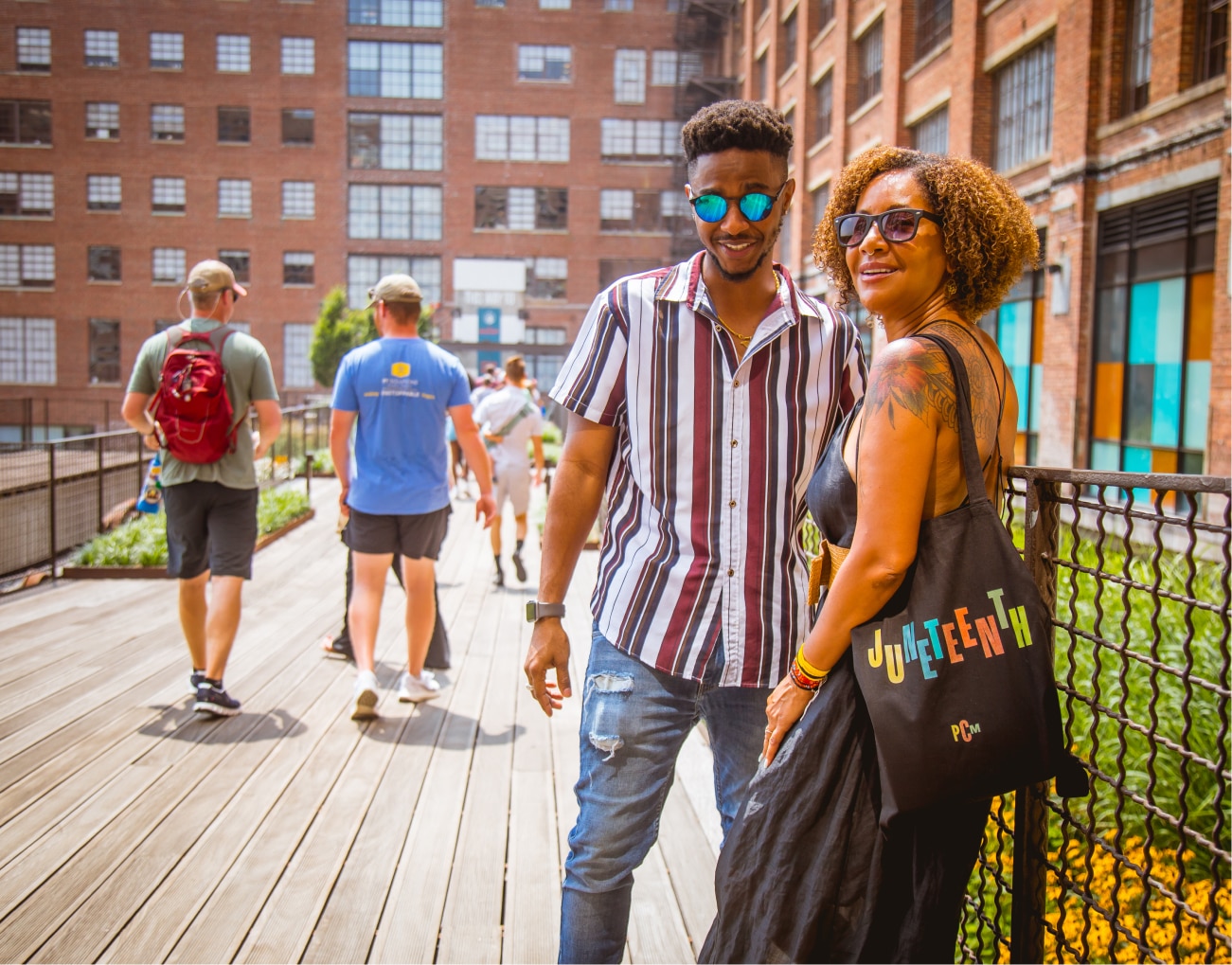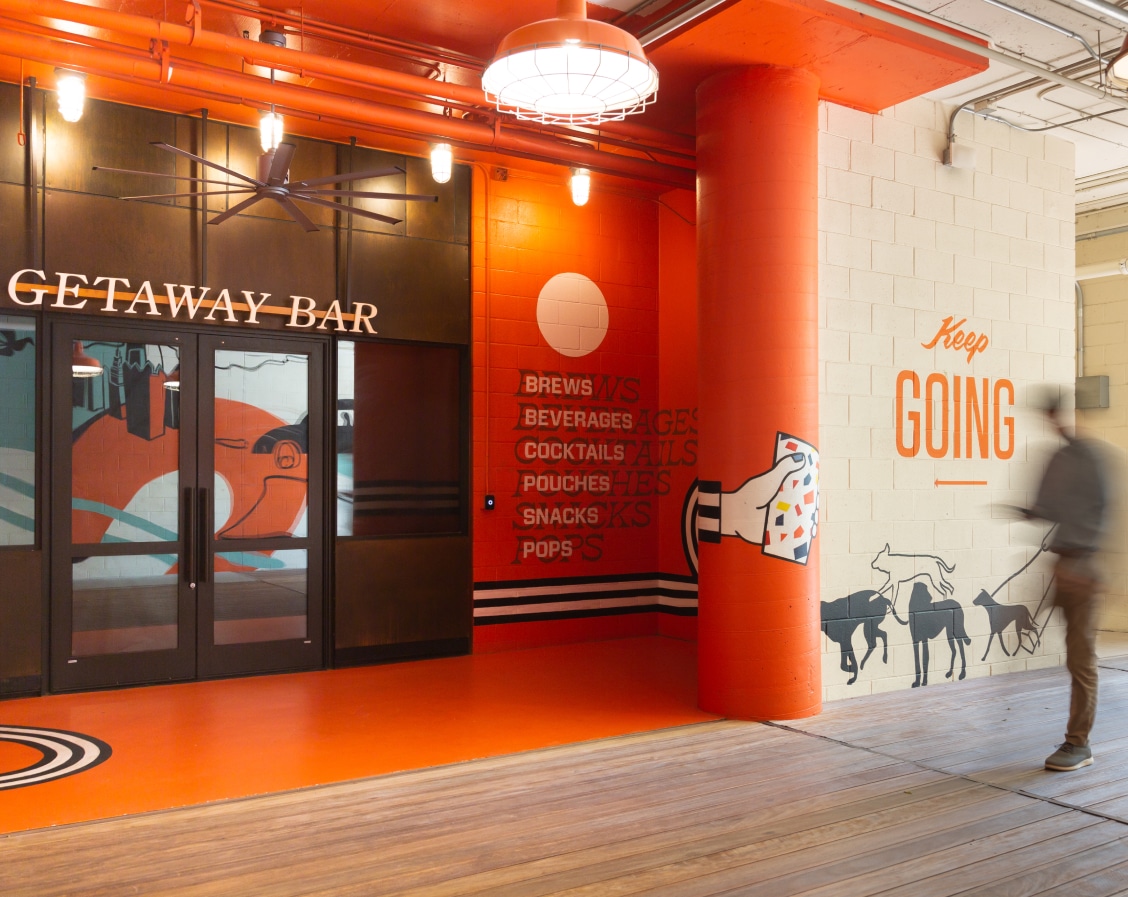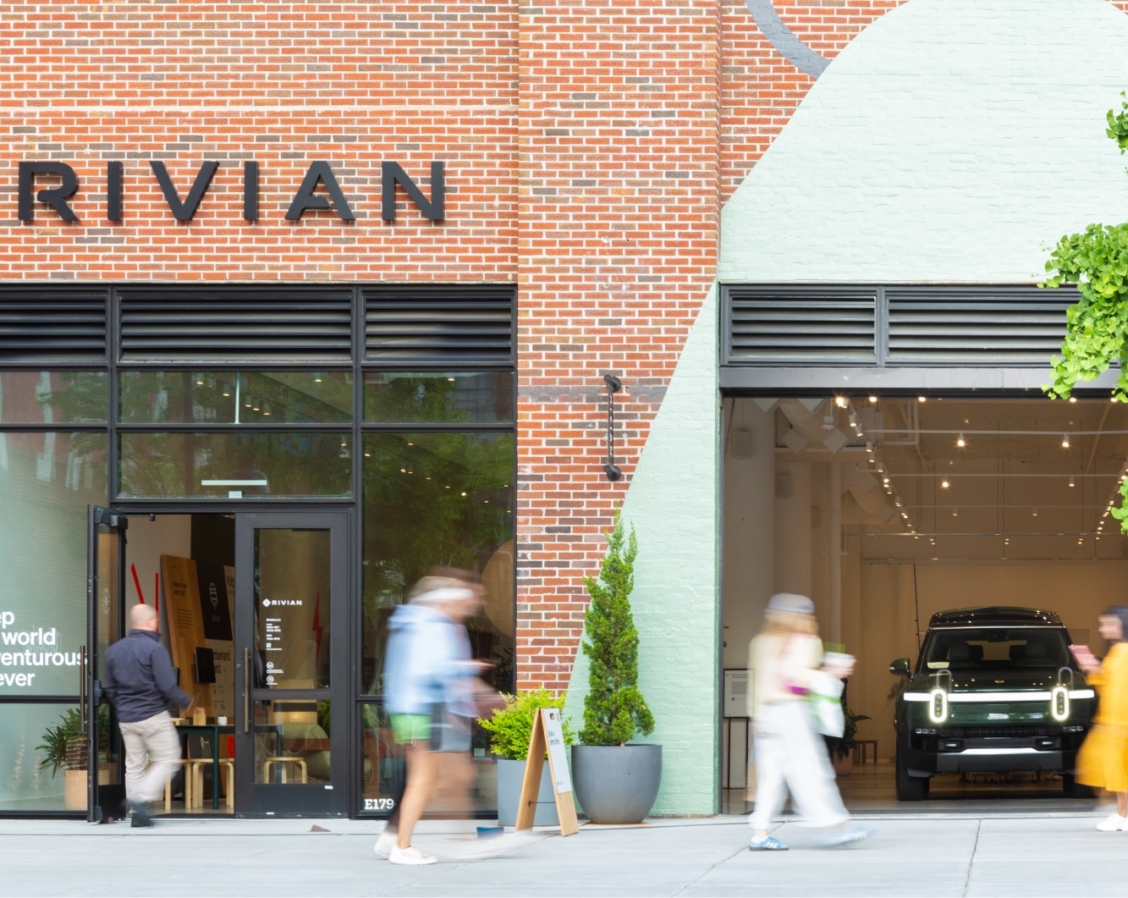
Surface Street Parking
Lorem ipsum dolor sit amet, consectetur adipiscing elit. Suspendisse id est non dui dignissim sodales. Phasellus lorem dolor, egestas vel commodo vitae, blandit non ante. Duis vitae tellus ac nulla volutpat sodales vitae ut ipsum. Proin eu nisl pellentesque, luctus libero ac, hendrerit dui. Proin sollicitudin ex eu nulla pharetra porttitor. Donec convallis urna sed tincidunt pharetra. Vestibulum suscipit vehicula condimentum.



